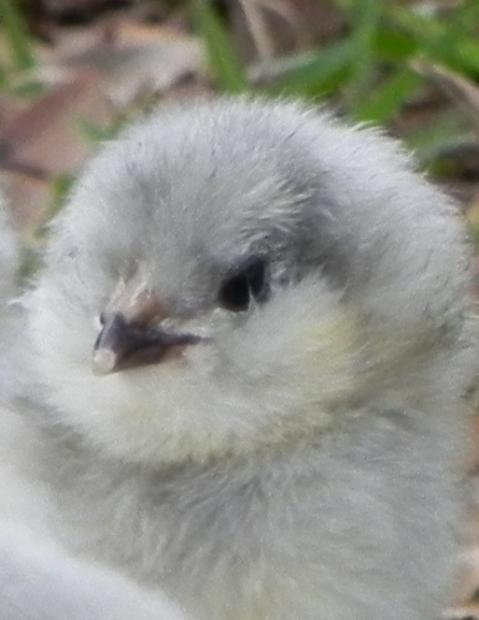Quote:
I think lavs are more likely to have anomalies in general- but you mostly hear about single combs popping up. I have bought wheatens from very respected people and surprise- no cheeks! At least cull ameraucanas have that extra *perk* of the blue egg gene. Usually.
I have hatched a few clean faced chicks from my lav project pens this year. Since all of the breeder birds are muffed, it means some of them are carrying only single copies of the trait, and 25% of the offspring of the male/female pair generating it should statistically be clean faced. I am culling these (the clean faced offspring) because it is impossible for them to throw any chicks with two copies for muffs. But if you had a bird that was proper color, good size, great conformation, outstanding egg color and production, and just simply outstanding in EVERY other way, I personally don't think it would be a cardinal sin to use that bird carefully in a breeding program, knowing that it can only provide, at most, offspring with a single copy of the gene for muffs. Remember, if you breed that clean faced bird to a bird with two copies for muffs, it will produce muffed offspring 100% of the time. And if you take one of those F1 muffed offspring and breed back to another bird with two copies for muffs, it will produce offspring with two copies 50% of the time and a single copy the other 50% of the time. So in two generations you have fixed the problem. A pain, but doable. I guess my point is that you shouldn't automatically assume that a breeder carefully using a clean faced bird that is exceptional in every other way is sabotaging the breed. I'm culling mine, because I want to work on obtaining birds with two copies, but I don't see anything wrong with working with single copies for muff, either. Just my humble opinion and two cents.





